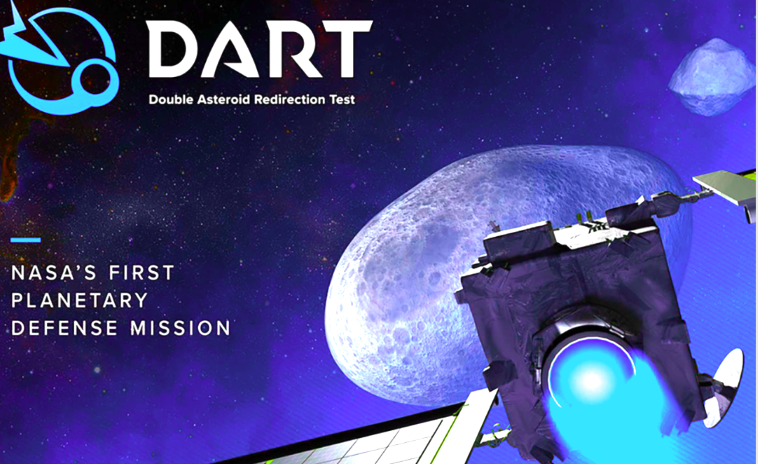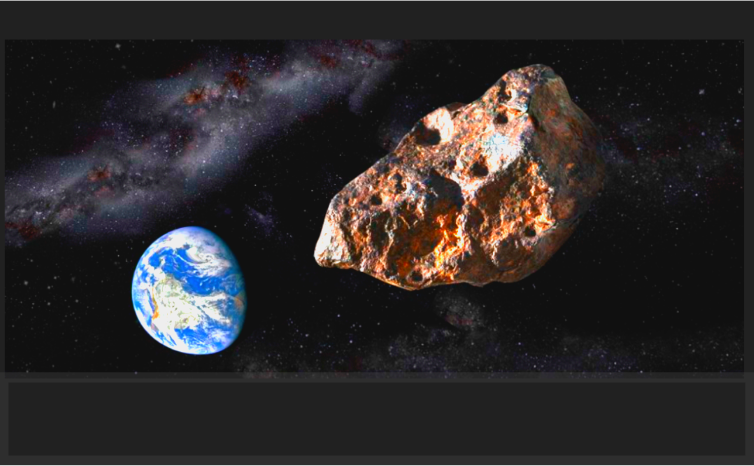The impact of DART, NASA 1 : 0 Asteroid

NASA’s DART mission has just pushed the boundaries of reality and reached science fiction!
For decades, there have been discussions about how and whether it is even possible to save oneself from the impact of a small body from space. Just look at the moon and through a telescope you will see millions of craters on it that were created by the fall of some rock that came from the sky.
Astronomers agree on one wickedly important thing for the human race. A cataclysmic asteroid impact is not a question of if it will happen, it is only a question of when.
The logical sequence of the discussion is goes something like: can we defend ourselves or do we have to wait for the inevitable?
For the last twenty years, we have intensively researched this topic. We’ve sent spacecraft to asteroids and comets, even targeted them, successfully.
September 27, 2022
On this day a very important thing happened for the whole planet. NASA’s DART spacecraft, after three hundred days of space flight, encountered asteroid 65803 Didymos, or rather its natural moon Dimorphos.

It collided with a small celestial body in order to change its trajectory. Space and ground telescopes observed what happened. In the first row to the stage, the small Italian spacecraft LICIAcube, separated shortly before the impact, had the main role of observer.
The kinetic impact of DART produced an effect visible to telescopes millions of kilometers away.
Two weeks later
After the successful launch of Dimorphos, astronomers are confident:
NASA’s DART spacecraft successfully completed the mission
The binary asteroid Didymos (larger component) and Dimorphos (smaller component) served as an ideal target whose orbit parameters around the Sun and mutual gravitational relationships are well known to astronomers.
In four years, the European spacecraft HERA will arrive at the site to study again from close quarters what exactly happened on Dimorphos when the small American spacecraft struck at a speed of over 22,000 km/h.
Did you know?
- Didymos with a diameter of 780m was discovered in 1996, and its moon Dimorphos with a diameter of 160m was discovered in 2003.
- This binary system belongs to the group of potentially dangerous asteroids (Apollo) that pass near the Earth.

- LICIACube is in charge of recording the very impact of the probe on the asteroid and then to record the cloud of dust and gases ejected after the impact.
- DART was launched on in 2021, by a Falcon 9 rocket. This binary system did not pose a threat to Earth, but it ideally served as a model for what we will one day do in space.
- Didymos is the Greek word for ‘twin’.
Science fiction has become reality, so it seems. We’re shooting asteroids all over the universe, and new missions are on the way!
Want to read more about the universe? Visit our blog!

